
RESIDENTS of Lavender Hill, near Clapham Junction in London, must find it hard to believe that their homes are built on land once farmed to meet London’s demand for lavender flowers and oil. The watercolour Battersea Fields from 1848, by Robert Westall, shows a view over farmland with the brand-new Battersea pumping station (built in 1840) in the distance.
Lavender and its oil had been an important commercial product of Hitchin, Mitcham and Carshalton since the 1500s. Small lavender ‘farms’ still exist up and down the country, and are well worth a summer visit to admire seas of aromatic, shimmering purple. Plants are easy to grow at home, are resistant to slugs, snails, rabbits and deer – and now is a good time to add more.
A herb of antiquity, lavender was prized by the ancient Egyptians and Phoenicians, while the ancient Greeks appreciated its medicinal properties and passed them on to the Romans, who travelled with lavender for wound dressings and bathing. The name derives from Latin lavare (to wash). Long after the Romans decamped from Britain, lavender was a staple of monastery gardens and for centuries folk depended on it for freshening clothes and warding off fleas and bed bugs.
English lavender
This story is from the May 29, 2021 edition of Amateur Gardening.
Start your 7-day Magzter GOLD free trial to access thousands of curated premium stories, and 8,500+ magazines and newspapers.
Already a subscriber ? Sign In
This story is from the May 29, 2021 edition of Amateur Gardening.
Start your 7-day Magzter GOLD free trial to access thousands of curated premium stories, and 8,500+ magazines and newspapers.
Already a subscriber? Sign In
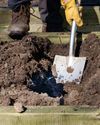
To dig or not to dig?
Should we be carrying out a full dig on plots now? Bob considers the pros and cons of the 'autumn dig' debate

The box ball blues
As if his beleaguered box hadn't already taken a beating, Toby now has to deal with some hungry box caterpillars

Save your own seeds
Masterclass on: seed saving
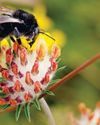
Strange sightings
Three unusual insects turn up in Val's garden in one day
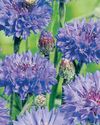
A bolt from the blue!
Cornflowers are perfect for garden and vase
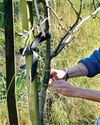
Winter moth prevention
Ruth shows you how to avoid maggoty tree fruits
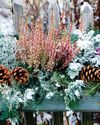
Create a winter container
There are as many options as in summer
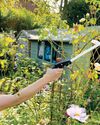
Lightweight gardening tools
AS well as being good for our mental health, gardening is also great exercise.

Autumn price round-up
AG finds better bargains in lesser-known brands
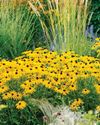
Rudbeckias
Rudbeckias are ideal for sunny summer patios and borders, with some able to survive our coldest winters